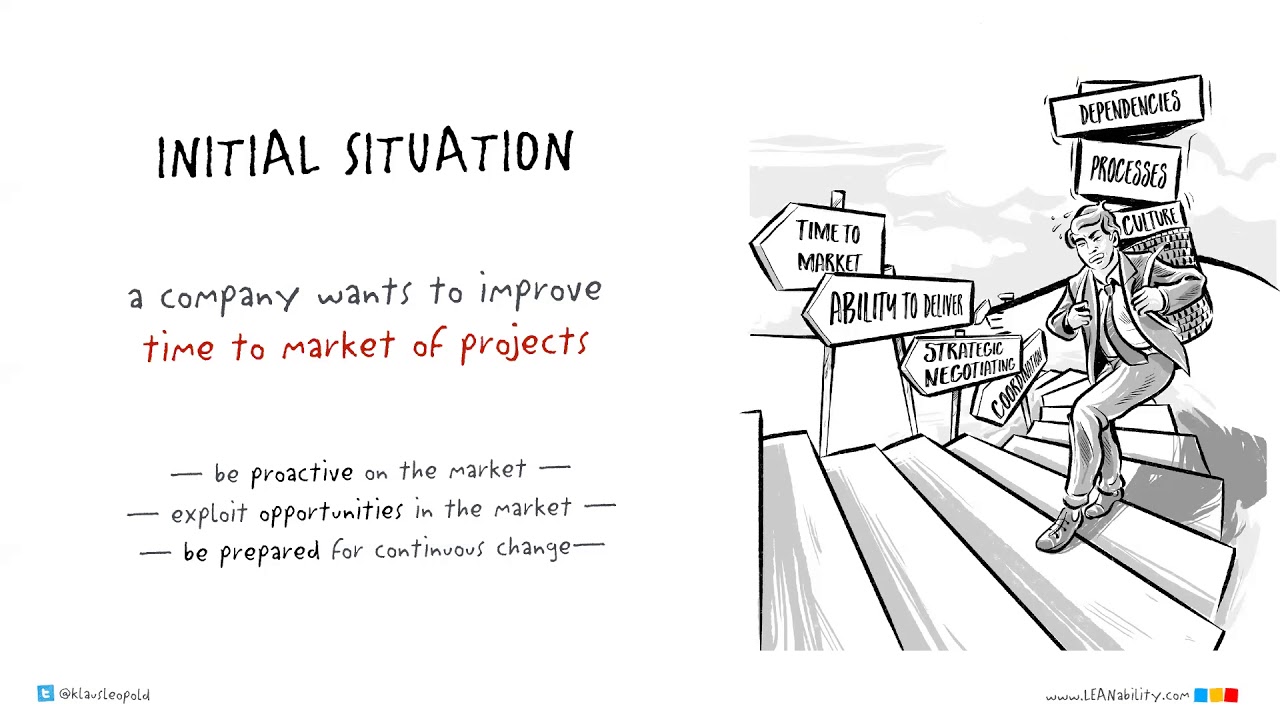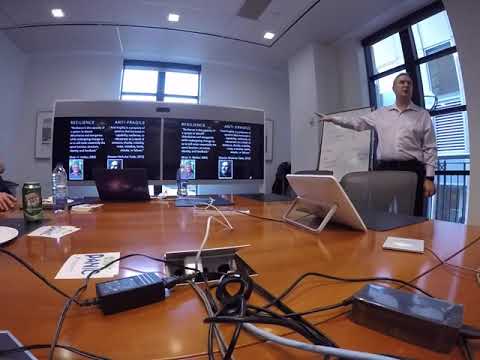
[arve url=”https://www.youtube.com/watch?v=HM18UeVYmDE&feature=emb_logo” /]
Bio: Dr. Klaus Leopold is a Kanban pioneer and worldwide one of the most experienced and successful lean and agile experts for knowledge work. He provides consulting for global companies on implementing Flight Levels and Kanban, the change processes associated with these and optimizing their value creation.
Abstract: In this talk, I discuss an agile transition where approximately 600 people were involved. The goal was to shorten the time-to-market for initiatives to be able to respond to customer needs more quickly and, as such, improve business agility. In order to achieve this, a reorganization was carried out. Cross-functional teams were constructed so knowledge needed for development is fully available within the team. In addition, the teams were categorized according to product in order to remove any dependencies. Visualization of the work, Standup meetings and Retrospectives made the agile transition complete—except for the expected improvements. In this session, I share what we did to improve the situation and reach the goal of “more business agility”. I also show how you can approach an agile transition of this size, so you can avoid the issue of no improvements being seen. This much I can tell you in advance: do not start at the team level—it will save not only your nerves, but also a lot of money!
For a limited time, grab Klaus Leopold’s Practical Kanban book at Leanpub for a discounted price for the LeanAgileCAN Network. You can use the link below, and/or use the coupon LeanAgileCAN when purchasing the book.
